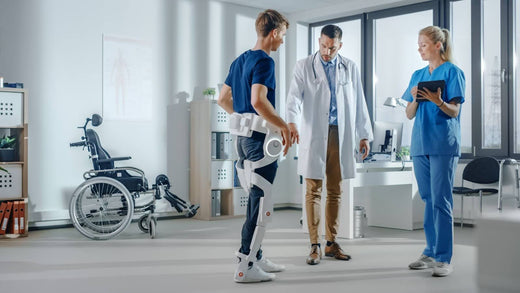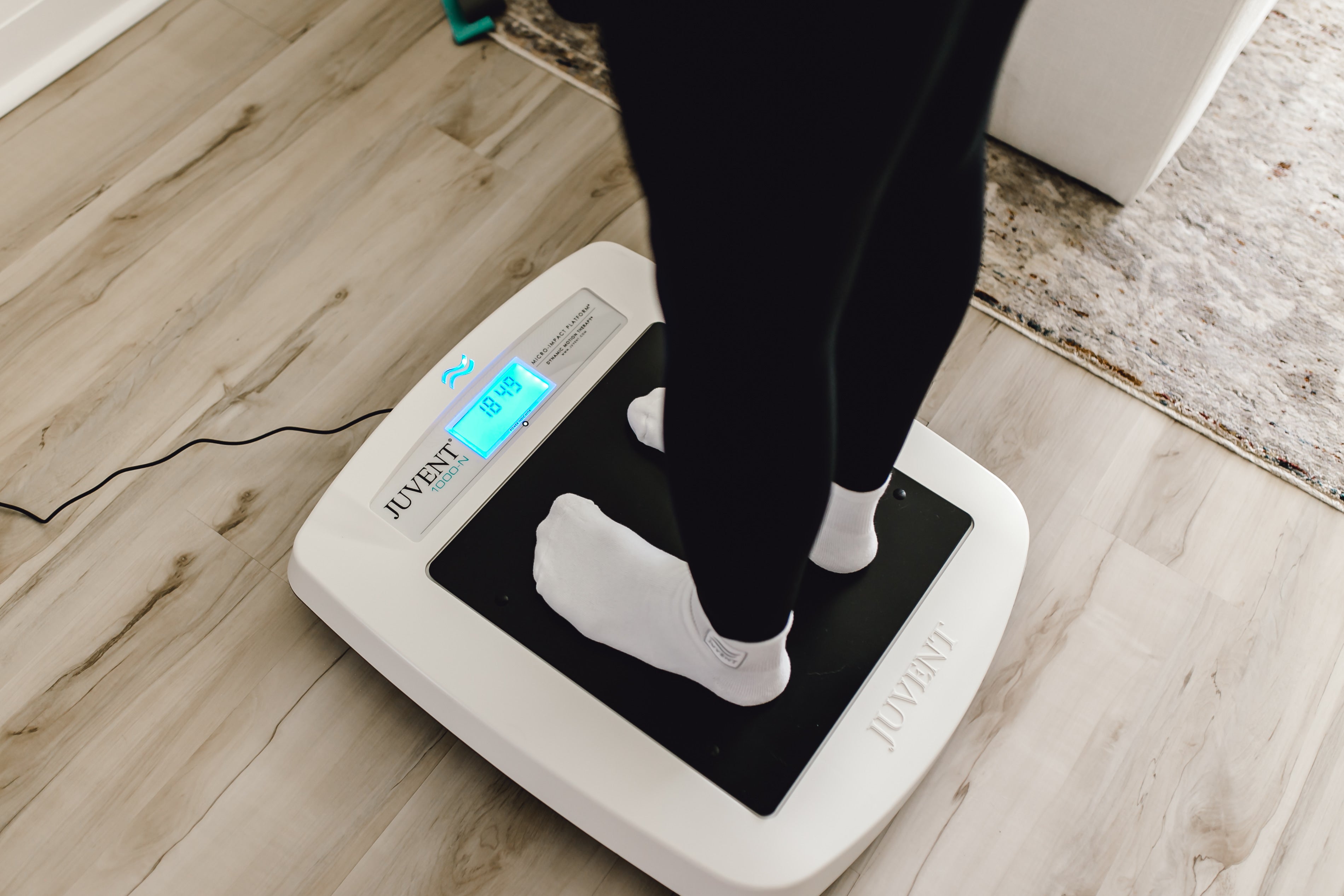Joint pain is a common problem that affects people of all ages and activity levels. Whether it’s due to arthritis, injury, or other conditions, managing joint pain effectively is crucial for maintaining mobility and quality of life. Physical therapy has long been a cornerstone of joint pain management, and recent advancements have improved the approach to combating pain. Let’s explore the latest developments in physical therapy for joint pain and how they can benefit you.
Can Physical Therapy Help Joint Pain?
Physical therapy (PT) is a treatment approach that involves exercises, manual therapy, and other techniques to reduce pain, improve function, and enhance quality of life. It’s a skilled medical practice delivered by qualified practitioners to help improve mobility, activities of daily living, balance, strength, and many other elements of the body. PT is particularly effective for joint pain because there are a number of approaches that can be used and adapted to each individual. Targeted exercises, manual therapy, and other tools can help alleviate pain through multiple mechanisms. Regular PT sessions can enhance joint flexibility and range of motion. Progressive resistive exercises strengthen the muscles to provide better support and reduce the load on the joints. Physical therapy helps improve overall function, making daily activities easier and less painful.
Advancements in Physical Therapy
The field of physical therapy is continually evolving, with new techniques and technologies enhancing treatment outcomes. Here are some of the latest advancements:
- Telehealth PT: Telehealth physical therapy allows patients to receive guidance and support from physical therapists remotely. This advancement has made PT more accessible, especially for those who may have difficulty traveling to appointments. For those in rural areas, telehealth may be the only way to access therapy services.
- Robotic-Assisted Therapy: Robotic devices assist with physical therapy exercises, ensuring precise movements and repetitions. This technology is particularly beneficial for patients recovering from surgery or severe injuries. Many advanced institutions are using exoskeletons to help patients regain the ability to walk while keeping them free from falls.
- Wearable Technology: Wearable devices are a popular new technology in physical therapy. Items such as smart braces and sensors monitor a patient’s movement and provide data to the physical therapist. This information helps tailor treatment plans to the patient’s specific needs.
- Virtual Reality (VR): VR is being used in physical therapy to create immersive environments for rehabilitation exercises. This technology makes exercises more engaging and can be particularly useful for patients with joint pain, as it can distract from the discomfort. It provides the option to mimic realistic situations or to create enjoyment for pediatric patients.
- Blood Flow Restriction (BFR): By limiting blood flow through the use of a tightened cuff or band around a limb, exercises performed at lower loads can be just as effective as lifting greater weight without the restriction.
- Micro-Impact Platforms: Juvent’s Micro-Impact Platform uses your body’s unique frequency to help you activate muscles and improve blood flow. This unique technology is safe and easy to use, making it an accessible therapy option to those who might not be able to tolerate other therapy interventions. Made in the United States, our platform is a Registered Class I Medical Device - something no other Whole Body Vibration platform can claim.
Can Physical Therapy Help Joint Pain?
Physical therapy is highly effective in managing joint pain. By combining manual therapy, exercises, and advanced technologies, physical therapists can create comprehensive treatment plans that address the root cause of the pain. PT not only alleviates pain but also improves overall joint function and health. It’s a holistic and comprehensive route to improving not just pain, but your entire wellbeing. For instance, take the sacroiliac (SI) joint, which is a common source of discomfort. Physical therapy for the SI joint can not only improve your existing pain but prevent it from returning.
Advancements in physical therapy are revolutionizing the treatment of joint pain, making it more effective and accessible. From telehealth to wearable technology, these innovations are helping patients manage their pain and improve their quality of life. Physical therapy remains a cornerstone of joint pain management, and with the addition of holistic tools like Juvent’s Micro-Impact Platform, you can experience even greater benefits.
Take control of your health and stop joint pain from limiting your life. Check out stories from people like you who stopped pain in its tracks with Juvent’s innovative solutions to support the journey to optimal wellness.
In the US, the Juvent device is considered investigational for the treatment of osteoporosis or improvement/maintenance of bone mineral density and our claims have not been reviewed or cleared by the FDA to treat any disease or condition. (2) Calculated over the 20+ year expected life of a Juvent. The JUVENT® Micro-Impact Platform® is Registered as a Class I medical device for exercise and rehabilitation. JUVENT products are covered by the following issued patents, pending patents, and their foreign equivalents: 6,843,776 6,884,2277,094211 7,207,954 7,207,955 7,985,191 8,114,036 11/369,611 11/486,538. Juvent, Dynamic Motion Therapy, Micro-Impact Platform, and the symbol are Registered trademarks of Regenerative Technologies Corporation.




Share:
Is Gout Reversible? Here Are the Facts
The Lifespan of Bone Health: How Our Bones Change Over Time